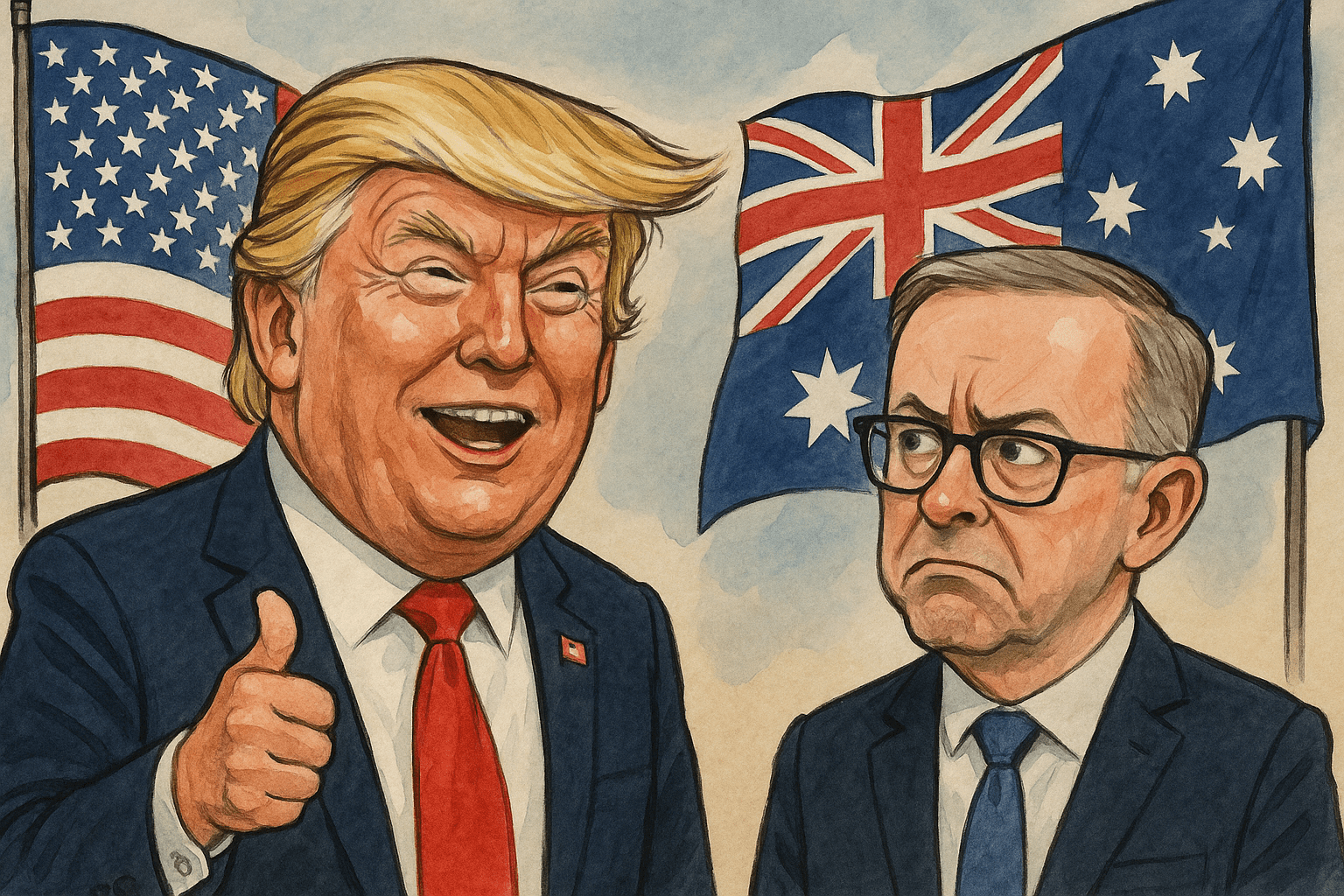Washington, D.C., August 12, 2025 — In a bold display of economic nationalism, the Trump administration has ramped up its use of tariffs as instruments of hardball diplomacy—prompting some analysts to dub the approach the “Gangster Trump-Tariff.”
On April 2, 2025, President Trump declared a national emergency under authorities including the IEEPA, NEA, Section 604 of the Trade Act of 1974, and Section 301 of U.S. Code to justify sweeping “reciprocal tariffs”, starting with a 10 % baseline and escalating for trade-deficit-heavy nations. These were bolstered later by modified rates and tied to new security and trade commitments with various partners.
In May, the United States Court of International Trade ruled that Trump’s “Liberation Day” tariffs exceeded the powers granted by IEEPA, imposing a permanent injunction halting their enforcement. This judicial check underscores the constitutional and statutory limits of unilateral executive trade action.
Recent months have seen a flurry of tariff activity. On August 6, Trump imposed a 100 % tariff on imported computer chips, aimed at rejuvenating domestic tech manufacturing—though critics warn it may drive up prices in electronics, auto parts, and appliances.
Simultaneously, a 25 % tariff on Indian imports, effective August 27, was announced in retaliation for India’s continued purchases of Russian oil—bringing total duties to 50 % and fuelling diplomatic discord. In contrast, the administration extended a 90-day truce with China, maintaining a 10 % reciprocal baseline tariff and postponing planned higher increases, signalling a preference for tactical delay where strategic leverage is at play.
Core U.S. inflation ticked up in July, hitting a five-month high of 3.1 %—analysts link part of this to rising import costs spurred by Trump’s tariff policies.
In response to the escalating use of executive tariff power, Congress moved swiftly. The Trade Review Act of 2025 (S. 1272) was introduced to force notification and require congressional approval for tariffs beyond 60 days—a legislative pushback that drew a veto threat from the White House.
From Washington to Tokyo, analysts have framed Trump’s style as coercive—reminiscent of gangster tactics, leveraging economic asymmetries to secure compliance. The U.S.–Japan deal—with tariffs hiked to 15 % and pressures on investments—exemplifies this dynamic.
Trump’s aggressive tariff posture, marked by abrupt threats, selective application, and legal overreach, fits the caricature of a “gangster diplomat.” However, outcomes are mixed—some partnerships yield concessions, while others collapse under political and economic pressure. With inflation creeping upward and Congress pushing back, the long-term sustainability of this strategy is far from guaranteed.



